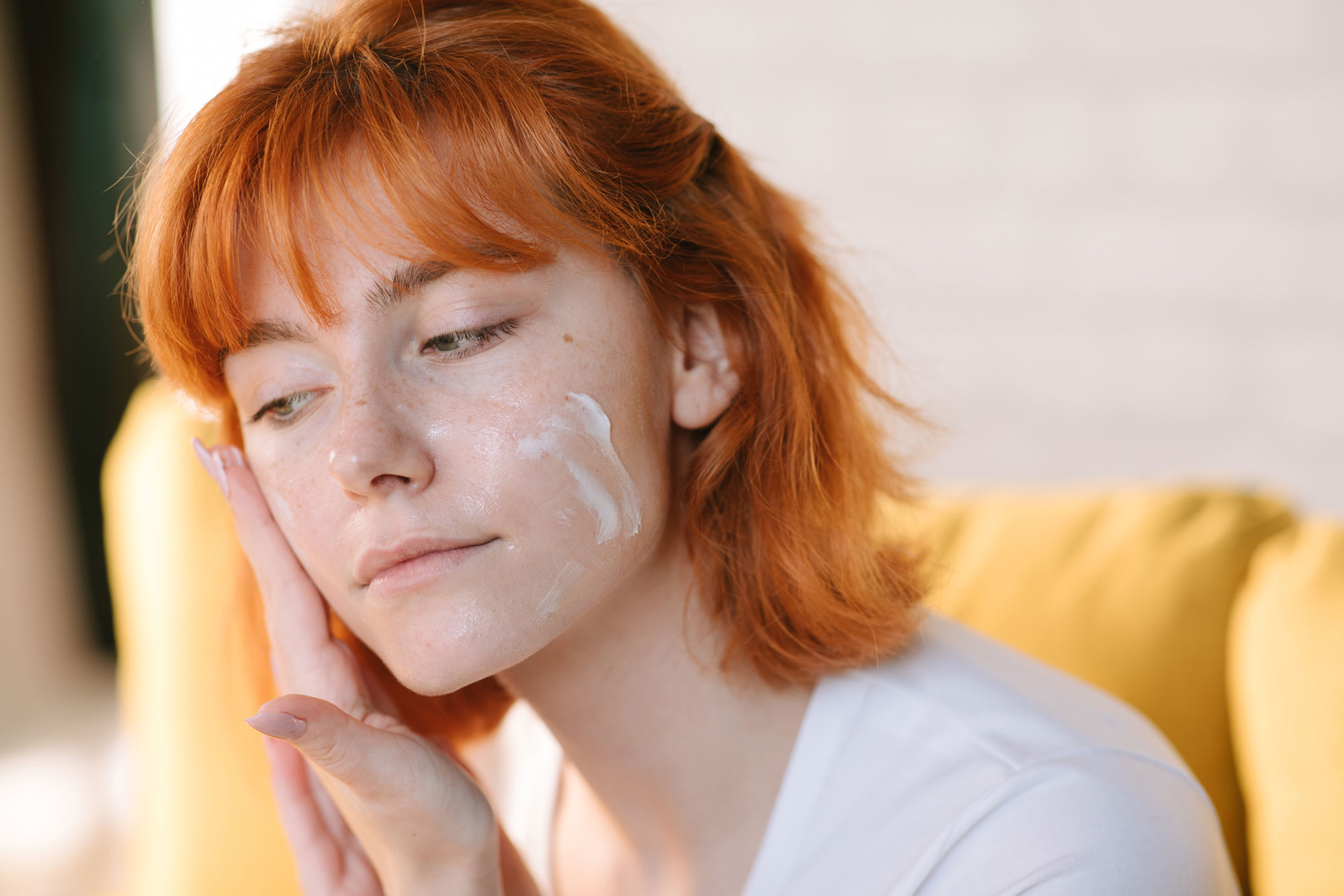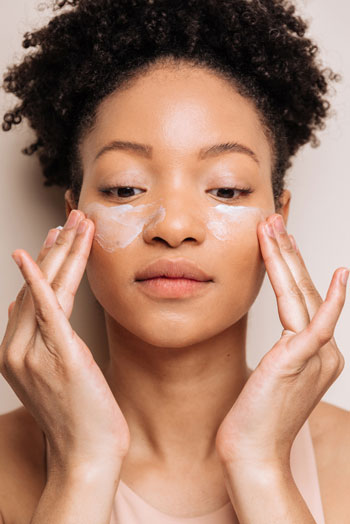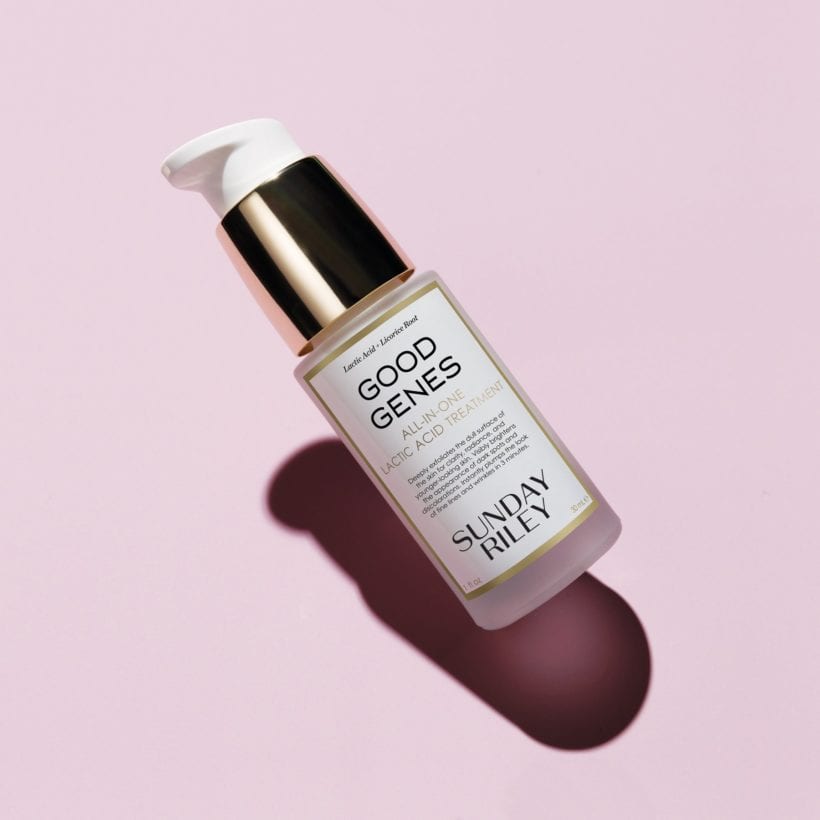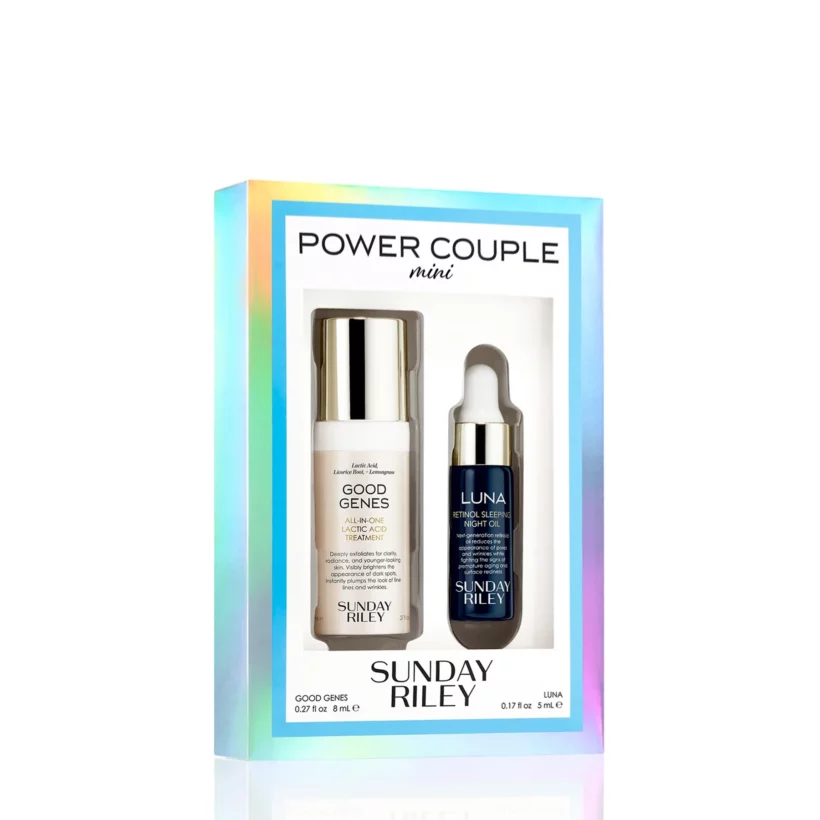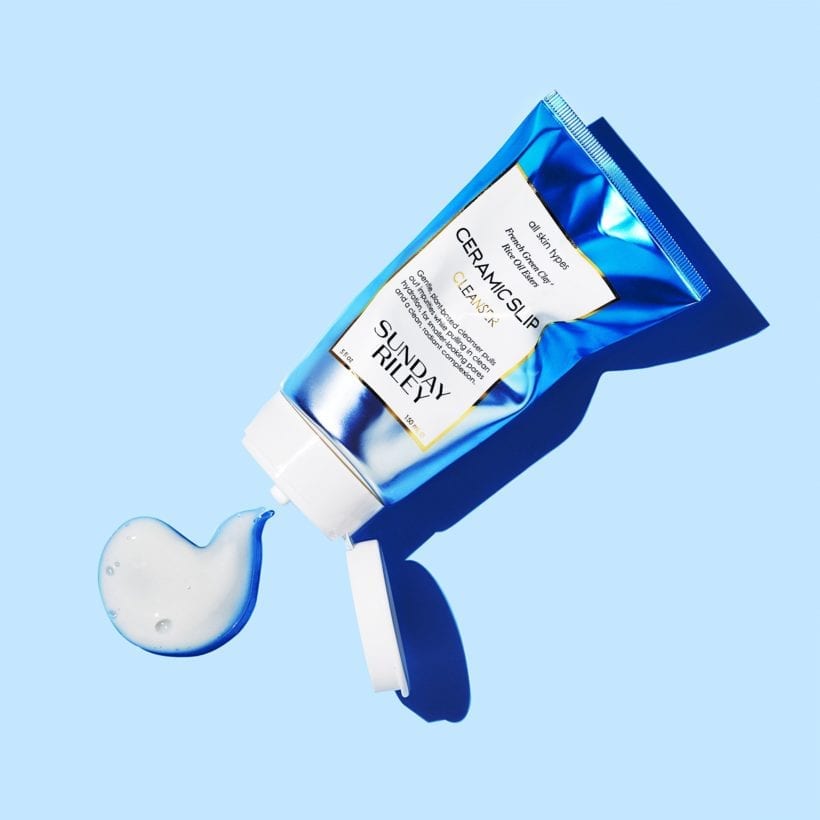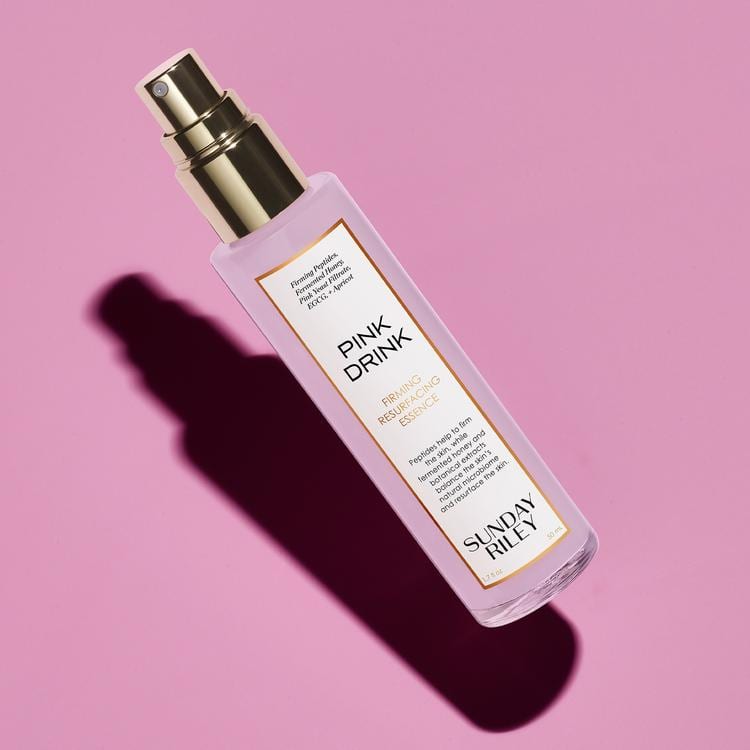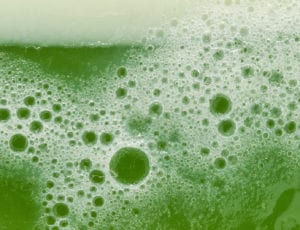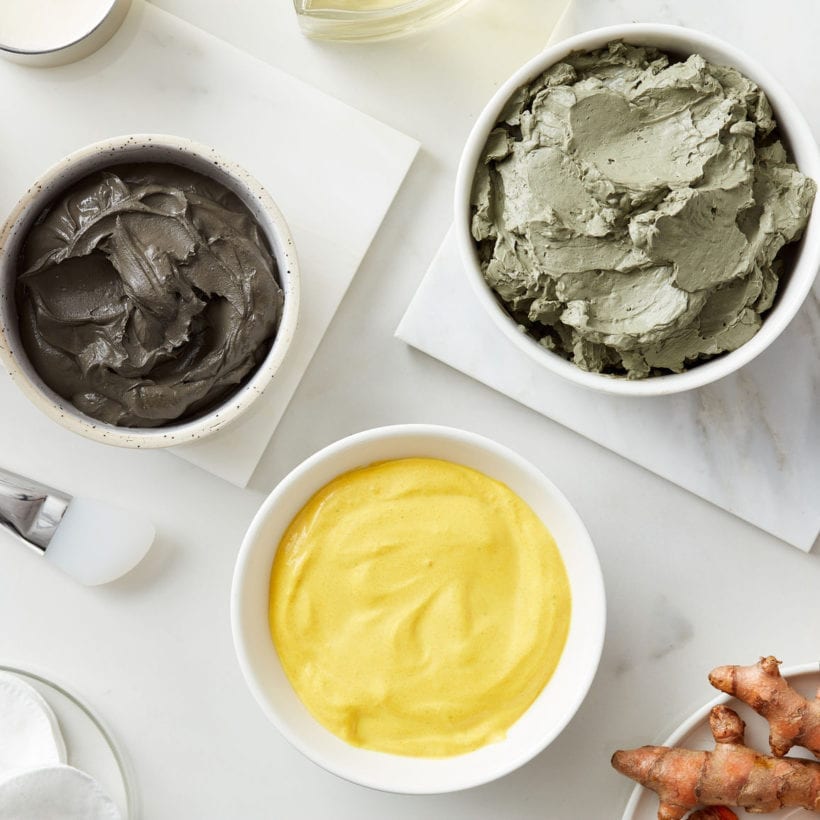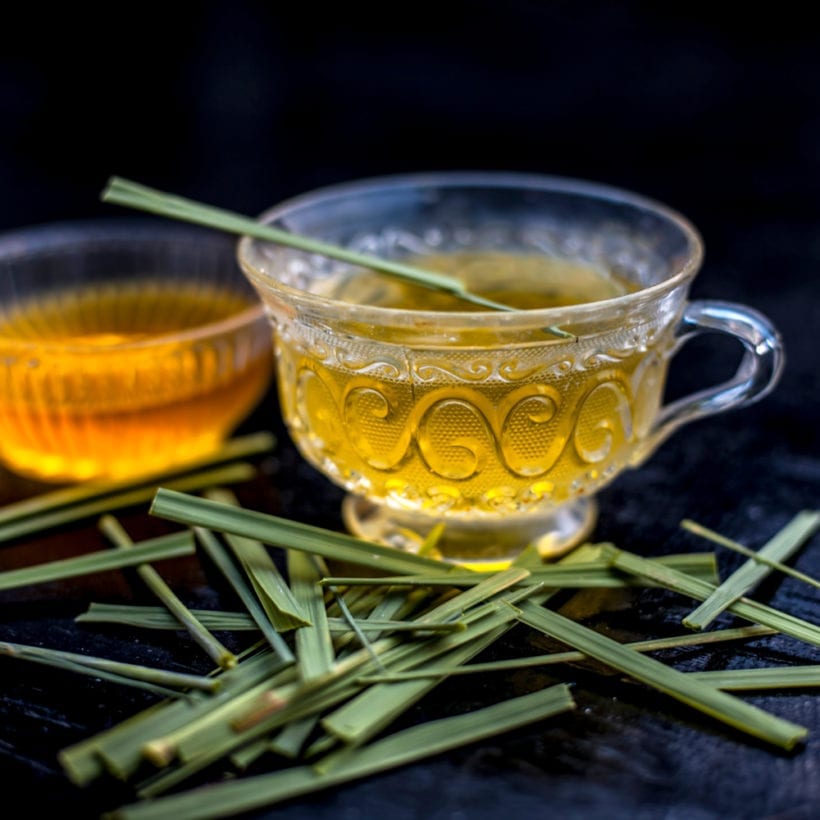Rumor has it that Cleopatra — known for her beauty and charm — took daily milk baths that contributed to her glowing, smooth skin. The science behind it actually makes sense: Dairy (as well as fruits, vegetables, and some plants) naturally produces lactic acid, an exfoliant that is gentle enough for even the most sensitive skin types. Today, the idea of pouring gallons of milk into your tub is probably a bit extravagant for most, but luckily there are more efficient, effective ways to infuse lactic acid into your skin care routine: The hero ingredient is found in many over-the-counter products to achieve similar silky-soft skin results.
As Sunday Riley, CEO, founder and product formulator, explains, “I created Good Genes, our top-selling, award-winning lactic acid serum, to provide a powerful, yet gentle exfoliating treatment that would deliver immediate and long-term results. I wanted to craft a formula that not only brightens and plumps the skin but also works efficiently with any skincare routine”. If beauty hacks used by the Egyptian royal are not enough to convince you that you should be using a lactic acid immediately, we had the pros provide a beginner’s guide. Here, we will answer all of your questions, from what is lactic acid for the skin, the best lactic acid for skin types and goals, and of course, how to apply lactic acid to the skin safely.
Meet the Experts
Sunday Riley , CEO, founder and product formulator
Y. Claire Chang, M.D., is a board-certified cosmetic dermatologist at Union Square Laser Dermatology in New York.
Melissa Kanchanapoomi Levin, M.D., is a New York-based dermatologist and founder of Entiere Dermatology.
What is lactic acid?
So, what is lactic acid? And specifically: what is lactic acid for skin texture and goals? “Lactic acid is an alpha hydroxy acid (an AHA) that’s a natural chemical exfoliator, which helps remove the top layers of dead skin cells and increases cell turnover,” says Sunday Riley.
Lactic acid can be produced synthetically (in products), through a biologic process (like when you exercise), and can be found naturally in certain foods like milk and yogurt. Lactic acid for skin health is usually part of moisturizers, serums, or other products that are applied topically to the outermost layer of our face or body. “It has a similar structure as glycolic acid, but it’s known to be more gentle on your skin because it has a larger molecule size that makes it less potent and more tolerable,” she adds.
What are the main uses of lactic acid and what do the different strengths mean?
Like all ingredients that are promoted to fight aging, improve appearance and give us that lusted-after glow, lactic acid for skin health comes in a variety of options and potencies. “Lactic acid not only stimulates the exfoliation of skin cells but also increases ceramides, an important fatty acid in your skin to serve as a protective skin barrier,” says Melissa Kanchanapoomi Levin, M.D., New York-based dermatologist and founder of Entiere Dermatology. “At higher concentrations, lactic acid for skin is not only a gentle exfoliating option but at lower concentrations, it also increases the skin’s moisture level. It’s an amazing humectant, which means it has the ability to pull water into the outer layer of the skin,” she adds.
Who might benefit the best from lactic acid?
Most people will see a benefit of lactic acid for skin health goals — but some may opt for it more than others. “Lactic acid can be great for any skin type, and because lactic acid tends to be more gentle than other chemical peels, it’s an optimal option for those with sensitive skin,” says Sunday. “Lactic acid is one of my absolutely favorite alpha hydroxy acids. It’s a larger molecule, so it doesn’t sink as deeply into the surface of the skin as other alpha hydroxy acids, which makes it a little bit gentler. But it’s also the only one that’s hydrating. So it’s great for all people. My mom is using Good Genes, my daughter is using Good Genes. You can use it daily. So it’s going to really resurface your skin, but it’s gentler, so you’re not going to get a lot of irritation from it. Whether you suffer with acne or you’re worried about fine lines and wrinkles or dark spots and discolorations, Good Genes really improves the appearance of the skin, no matter what condition you’re working with.’
A true multitasking ingredient, the benefits of lactic acid also include helping people who are looking to treat hyperpigmentation and pigment conditions (like melasma), sun spots, enlarged pores, uneven complexion and texture, and signs of aging.
What is the best lactic acid for skin? And what products can you pair it with?
‘I’m a big believer that you need three things in your life in order to have great skin — that’s alpha hydroxy acids, vitamin C, and retinoids. You really need all three from my perspective, to have total skin transformation. Retinoids really work by helping to transform your skin from the bottom up, and alpha hydroxy acids really work from the top down by cleaning the kind of dirty slate that’s on the surface of your skin.
So together, they’re often just a power couple because they really give you total and complete change. And vitamin C is such a strong antioxidant and really great for the overall, you know, look and appearance of your skin. Good Genes is an all in one alpha hydroxy acid serum that really transforms the surface of your skin by exfoliating the dull, pore clogging debris that’s on the top of your skin’.
How often should you use lactic acid?
‘”I use Good Genes every day after cleansing and applying Pink Drink. Daily use of Good Genes not only keeps my skin smooth and radiant but also enhances the overall effectiveness of my skincare routine. It’s better to use it every day because consistent application ensures continuous exfoliation, promoting a brighter, more even complexion and long-lasting results,” explains Sunday. ‘It makes you look like you were born with great genes, and that you just woke up looking like that. Even if you had to, you know, put some effort into it, which is basically all of us.’
How do you apply lactic acid to the skin?
You understand the benefits of lactic acid for skin health and you’re ready to give it a try. But now, you’re wondering, “How do you apply lactic acid to the skin?” After washing your face thoroughly, pat dry with a towel. Then, use the firming essence like Pink Drink and after apply your lactic acid product like Good Genes.
When will I start seeing results?
You will notice a difference in brightness right away thanks to its exfoliating properties. Good Genes visibly brightens the appearance of dark spots and discolorations and instantly plumps the look of fine lines and wrinkles in 3 minutes.*
*Results obtained via profilometry analysis.
- 100% of women said their skin looked and felt significantly smoother and more radiant, with visibly reduced lines and wrinkles.
- 100% of women said this was the most effective skin plumping product they have ever used and would definitely recommend this product to a friend.
‘I formulate these products and I’m very focused on balance. So I definitely believe that you need biotechnology and active ingredients to really get transformation in your skin. We’re very much so powered by science and balanced by botanicals. So the technology side really does help you get that total transformation of your skin,’ explains Sunday.
What is the most common mistake when using lactic acid for sensitive skin?
You’re not just interested in the benefits of lactic acid for the skin — you need to know how it reacts on delicate complexions like yours. Remember, Dr. Chang says if you have sensitive skin, the patch test is essential. “Especially if you have sensitive skin, it’s important not to skip patch testing,” says Chang. “Apply a thin layer of product to your forearm or neck to see whether or not you get a reaction.” It is important to do it for a few days in the same area, as sometimes allergic reactions can be delayed.
What does it feel like when you use it?
If you’re someone who breaks out easily, do the patch test mentioned above to ensure you don’t have a reaction. Then, you can gradually build up to meet your lactic acid for health goals.
What does it feel like? ‘”When you feel that gentle tingle, that’s Good Genes at work! The lactic acid is doing its job like tiny, gentle scrubbing bubbles, getting rid of dead skin cells and revealing a brighter, smoother complexion. That tingle means the formula is effectively exfoliating and renewing your skin, ensuring you get the best results with every use. Others may not feel anything at all,” says Riley.
What is the most surprising thing people find when they start using it?
Many people don’t realize just how effective Good Genes can be for a variety of skin issues. It’s not just a powerful exfoliator; it’s a versatile solution that addresses multiple concerns, from dullness and uneven texture to fine lines and acne-prone skin.
We only recommend products we have independently researched, tested, and loved. If you purchase a product found through our links, Sunday Edit may earn an affiliate commission.
